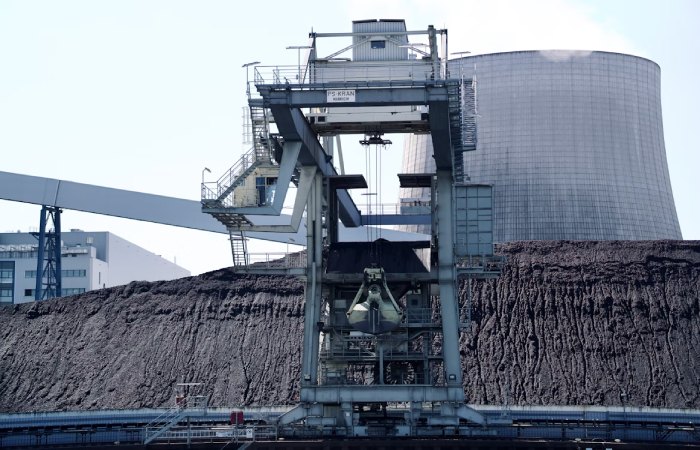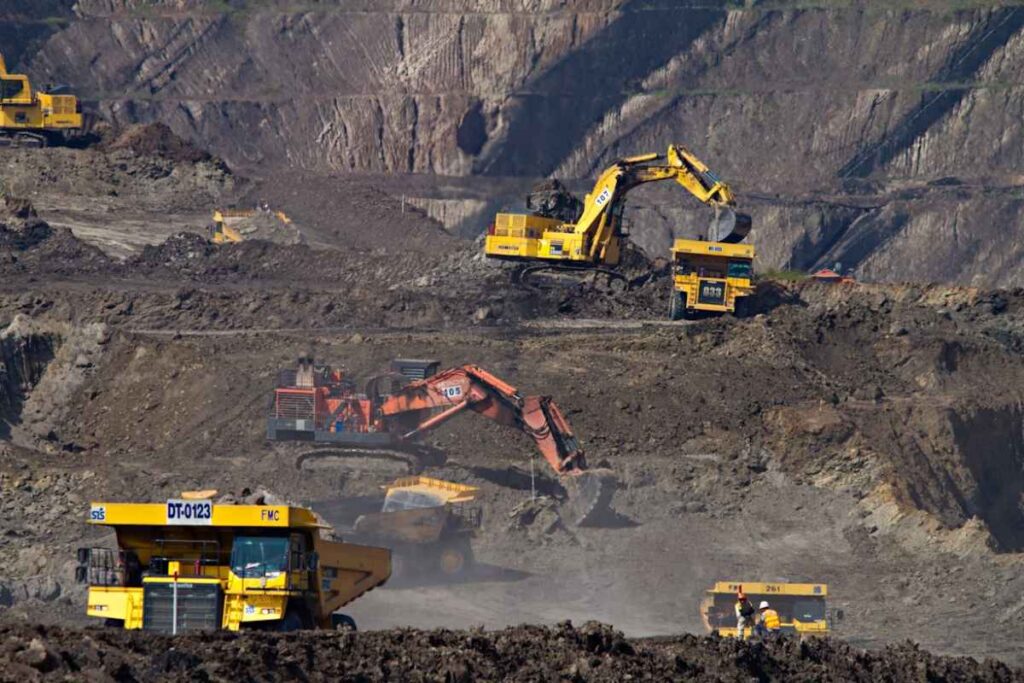Safety by Design is fast becoming central to how modern mines are planned and run. Instead of safety being retrofitted as a last-minute fix, it’s now about building it in right from the start—literally before a single line is drawn. This shift is getting serious attention, because leaving safety as an afterthought has led to missed risks, added costs, and sometimes disasters that could have been avoided.
Understanding the differences between opencut and underground mining is especially important when considering how to prioritize safety in the design phase. At the 2025 AusIMM Underground Operators Conference, experts called for safety questions to lead the mine design process. That means asking early on: What dangers could this site present? How practical are the escape routes over time? Are there risks we can remove now so they don’t become very expensive problems later?
Factoring in safety upfront doesn’t just help keep people out of harm’s way; it usually boosts productivity and prevents interruptions. By making sure safety shapes every design choice, companies steer clear of rushing to fix problems later, which is never cheap. It also helps keep operations running smoothly—no frantic workarounds, just a system built to work safely from day one.
Table of Contents
Integrating Safety from the Outset
Putting risk at the centre of mine design means spotting possible hazards early and building safety into every planning step. This upfront focus on risk management doesn’t just help avoid dangerous incidents—it also saves on costly fixes further down the track.
Every part of the mine plan, from flood prevention to escape routes and ventilation, needs a close look to make sure safety features are part of the design from day one. By tackling these risks early, companies can prevent them from becoming problems later and keep operations running smoothly.
Getting contractors involved in the planning process straight away is a smart move. Their real-world experience can highlight gaps that might not be obvious on paper. It’s much better to have these practical voices at the table before any big decisions are set in stone—especially when discussing complex work underground.
Anne-Marie Ebbels stresses it’s vital to protect critical infrastructure when setting budgets. Features like extra ways out and proper ventilation are sometimes dropped to save money, but this can seriously affect both safety and productivity. Before making cuts, it’s essential to look at the wider impact, so you don’t end up with bigger risks or expensive maintenance bills later.
Key Strategies for Safe Mine Design
Risk Assessment and Planning
Thorough environmental and risk assessments are an absolute must before any mine development begins. They help spot safety concerns early, make mining kinder to the environment, and keep jobs running smoothly. These checks cover everything from air and water quality to soil health and local wildlife. All this detail helps teams address problems before they grow into big headaches.
Looking at geology and local conditions in detail means hazards like unstable rock or dangerous ground can be picked up sooner rather than later. Using this info, engineers can plot mine layouts that actively reduce harm to both workers and the environment. For example, by understanding what’s unique about each site, teams can build in things like extra drainage for flood-prone areas, better ventilation for air quality, and clear escape routes that everyone can find easily.
Good planning, based on these risk reviews, helps avoid unnecessary risks and keeps everyone on site safer. It’s also key for deciding where to put essentials like roads, electricity, and water systems so that the mine can handle extreme weather without missing a beat. Early action like this protects people, keeps things moving, and stops surprise hold-ups.
In short, taking risk very seriously right from day one leads to safer, stronger, and more reliable mines—all essential for keeping mining operations on the right track.
Critical Infrastructure and Layout
Designing the right infrastructure for a mine isn’t just about ticking safety boxes—it genuinely shapes how safe, efficient, and even appealing the workplace becomes. Reliable transport routes, steady power, and strong water management all play their part in keeping things running safely. Take roadways, for example: if they’re well planned, both people and heavy machinery can get about with less risk, making accidents much less likely and stoppages rare.
Keeping the power supply reliable is just as crucial. By using modern approaches like renewables, mines can cut down on their impact on the environment and make sure equipment isn’t grinding to a halt halfway through a shift.
How you lay out a mine strongly affects daily working life. Thoughtfully arranging spaces and machinery to suit the actual tasks helps workers avoid unnecessary strain and tiredness. Placing equipment where it makes sense, and creating workstations that fit the people using them, prevents injuries and boosts morale. Decent ventilation is another non-negotiable, as it keeps the air clear and guards against breathing problems.
Everyone on site should be able to find an escape route quickly if needed. Clear, accessible paths make evacuations faster and protect lives if things go wrong. Prioritising these details leads to a mine that’s not only safer, but also more productive and comfortable for those who spend their days there.
Cultural and Organisational Change
Culture is right at the centre of safety in mining. When everyone, especially leaders, genuinely takes safety on board as a core value, it’s much more likely to show up in daily routines and long-term decisions. Leaders have to walk the talk—if they don’t, why would anybody else bother? Treating safety as more than just a checklist keeps people thinking ahead, spotting problems before they turn into something far worse.
A workplace where people feel safe to speak up about risks goes a long way. Frontline staff see things first, so if they’re comfortable raising concerns, it can lead to real changes—sometimes even saving lives. But this environment doesn’t grow by accident. Management has to do more than just keep an open door; they must listen properly and act quickly, showing staff that reporting issues leads to meaningful improvements, such as better equipment or updated procedures.
When safety is woven into everyday habits, you don’t just cut down on injuries—you boost morale and get more out of your team. People work harder and smarter when they trust their wellbeing is genuinely taken seriously. Mining companies putting time and effort into a strong safety culture don’t just see fewer incidents; they get a smoother, more productive operation overall.
Technological Integration in Mine Safety
Bringing in technology such as Battery Electric Vehicles and drones has changed how mines manage safety—but it does come with its own set of challenges. Battery Electric Vehicles offer a much cleaner choice than diesel machinery, improving air quality underground and cutting out emissions. But switching to these vehicles means every existing system—like air flow, fire suppression, and the way emergencies are handled—has to be reassessed. One risk that’s often missed is treating battery fires as if they’re just like diesel ones, which can have dangerous consequences.
Drones add a different safety advantage: they can keep people out of risky spots entirely. At BHP’s Olympic Dam, for example, drones are used to scan stope voids, so surveyors don’t need to step into potentially dangerous areas. The result is not just a safer process, but also better data. Still, for these tech upgrades to make a real difference, the mine’s systems must be ready to support them right from the start. Trying to force new technology into an old approach is a recipe for trouble.
Advances in data and simulation tools also play a big role in today’s safer mines. With simulation, teams can see how things might go wrong before anything even happens and plan the best way out. Running through possible accidents, like a backfill runout or a shaft issue, using 3D models allows everyone to prepare responses and adjust plans in advance. The panel made it clear: no amount of clever tech should replace careful planning and well-thought-out design. Technology should back up best practice—never be an excuse for letting old risks slip through the cracks.
Advancing Safety by Design through Innovation

Mining sites are getting a high-tech upgrade, with new ways to make every shift safer. Virtual Reality (VR) is one standout, giving miners a safe space to practise emergency drills and react to simulated risks without any real danger. It’s hands-on learning that sharpens reactions, improves decision-making, and gets workers thinking about safety with every move—leading to fewer slips in judgement on the job.
Another leap forward comes from wearable devices like smartwatches, which keep an eye on workers’ health while they’re on site. If someone’s heart rate or physical strain shoots up, these gadgets can instantly alert supervisors so help arrives without delay.
Artificial Intelligence (AI) is quickly becoming a game-changer, too. By crunching sensor data from around the mine, AI can spot early signs that equipment isn’t working as it should or that part of the mine might not be stable. This early warning means teams can fix issues before they turn into real problems, cutting out risk before anyone’s in harm’s way. With smarter tech guiding decisions and daily routines, safer sites are becoming the new standard for the industry.

